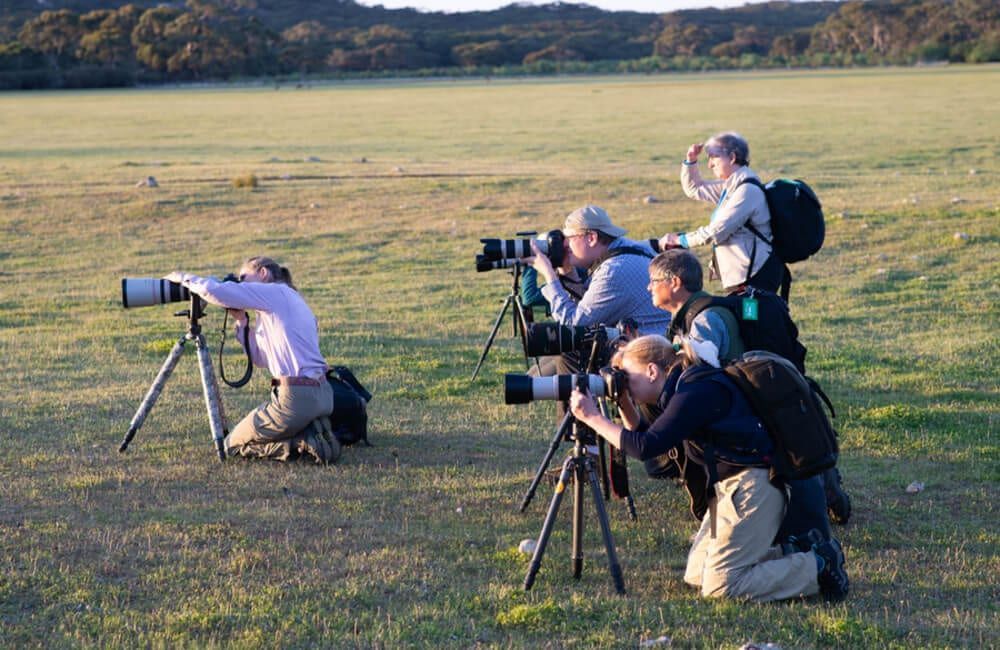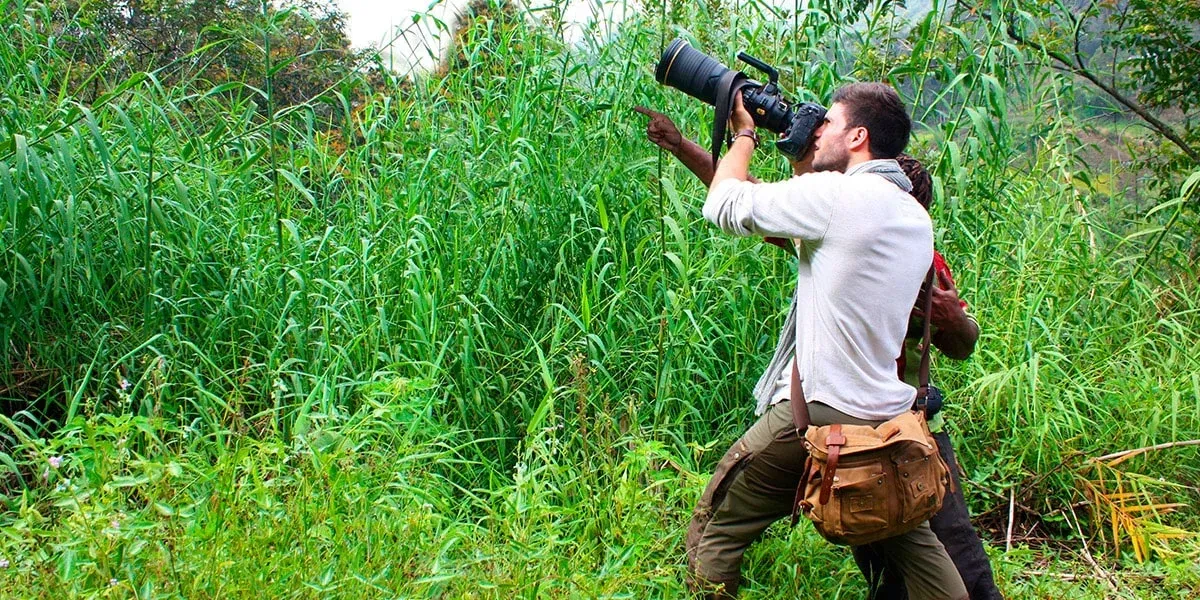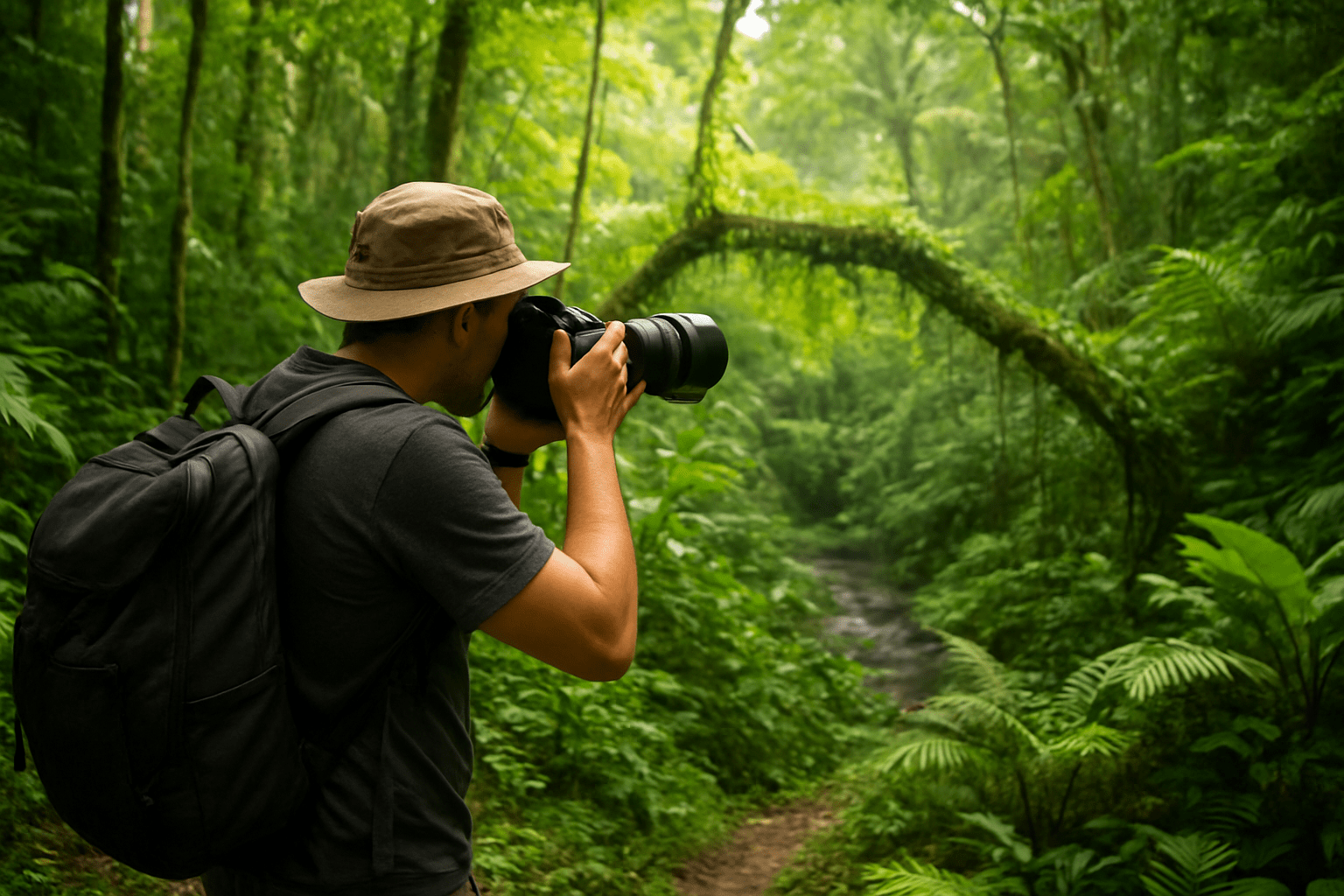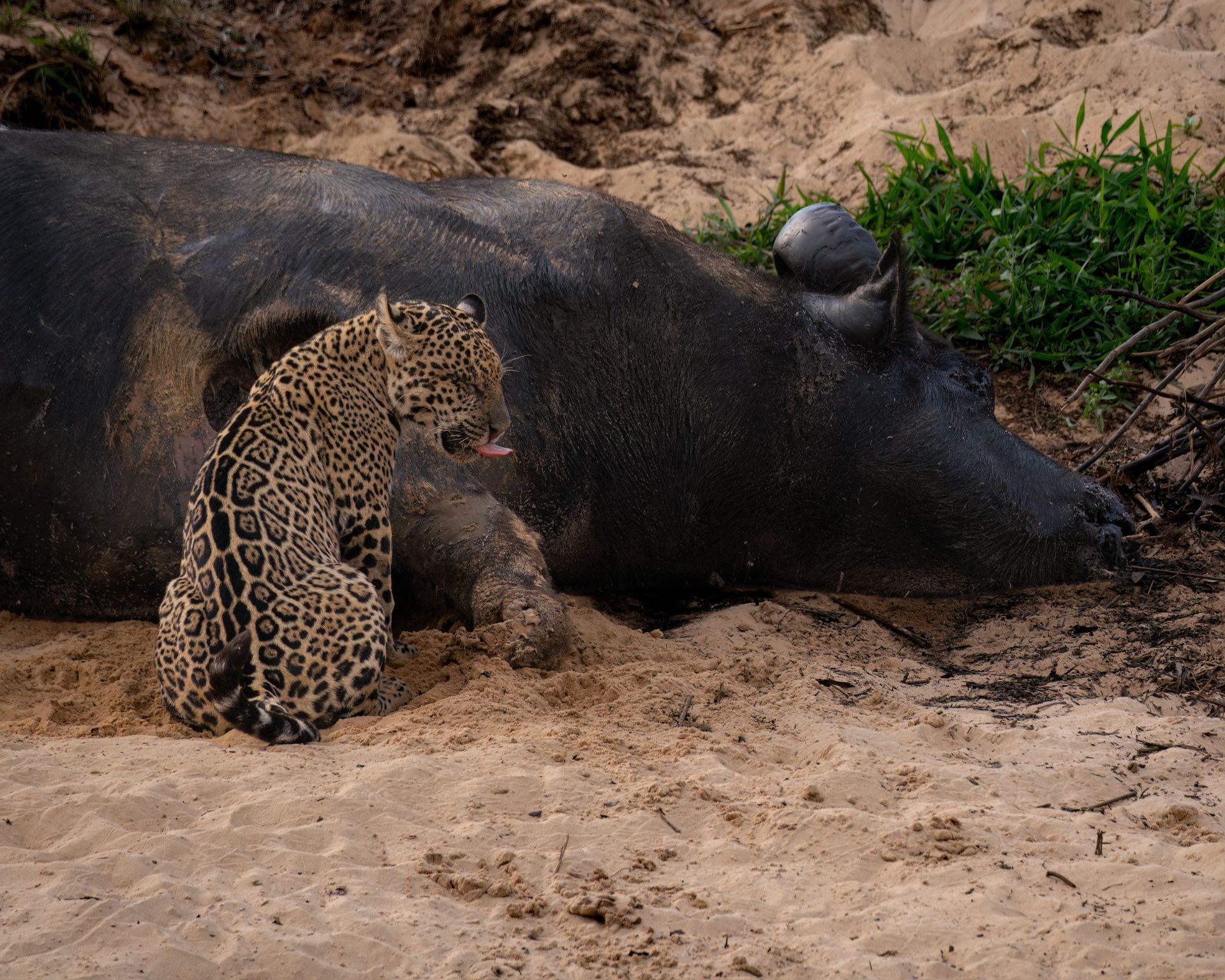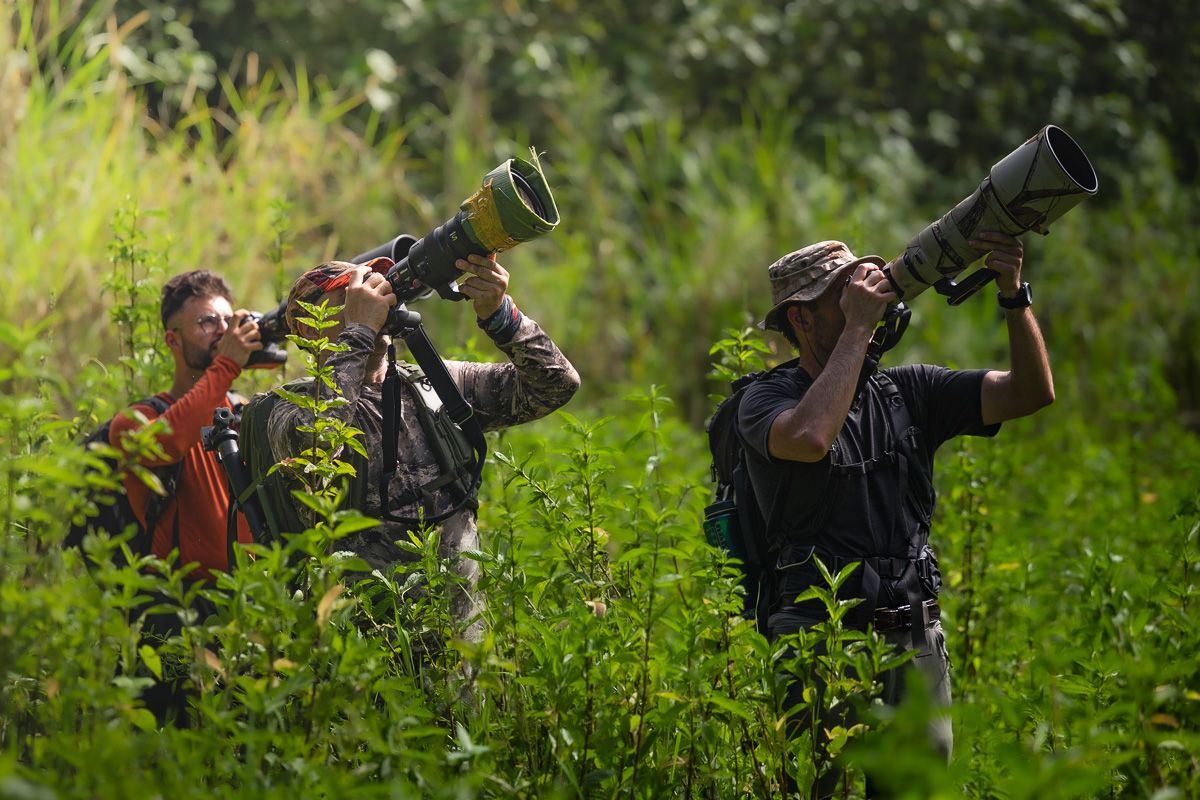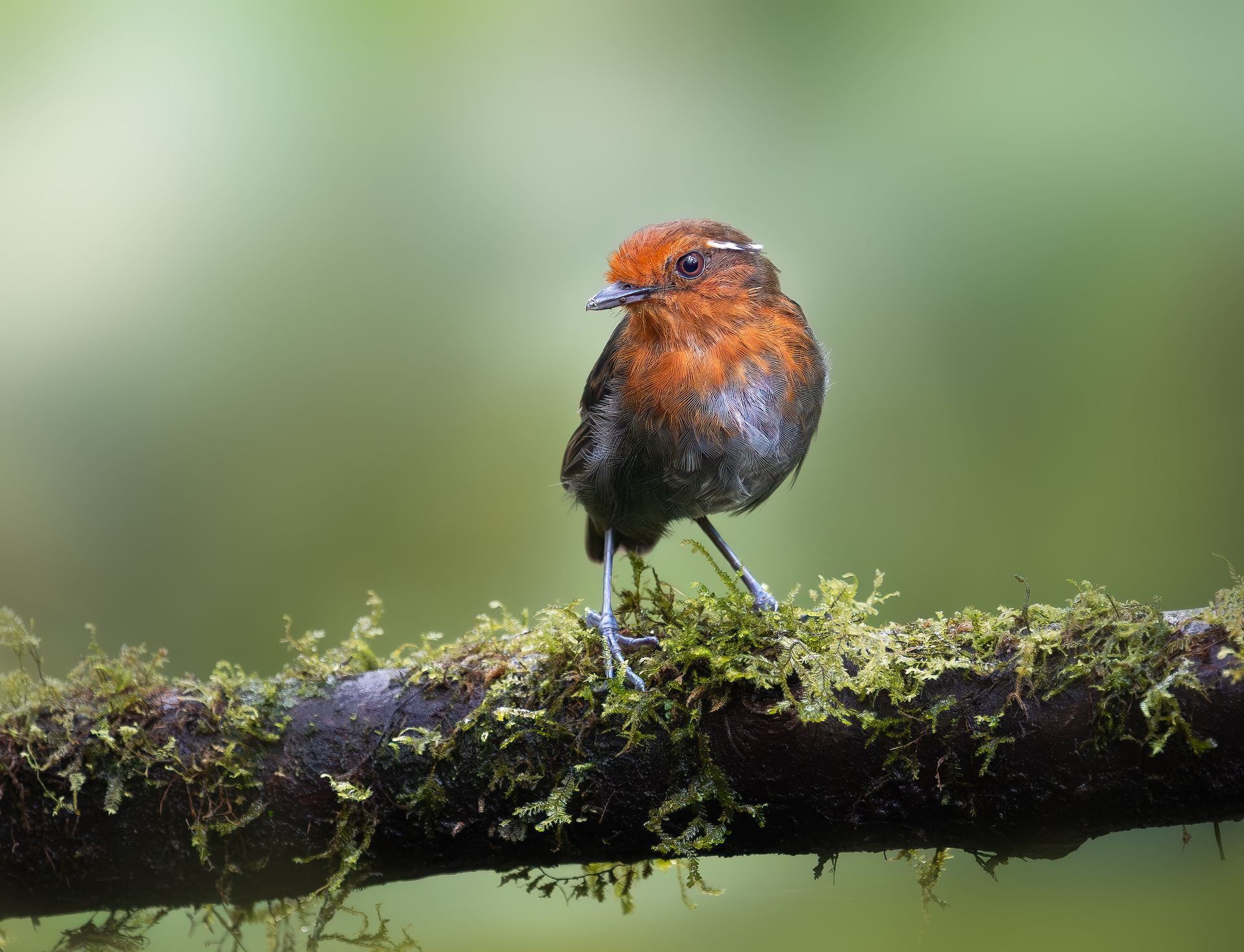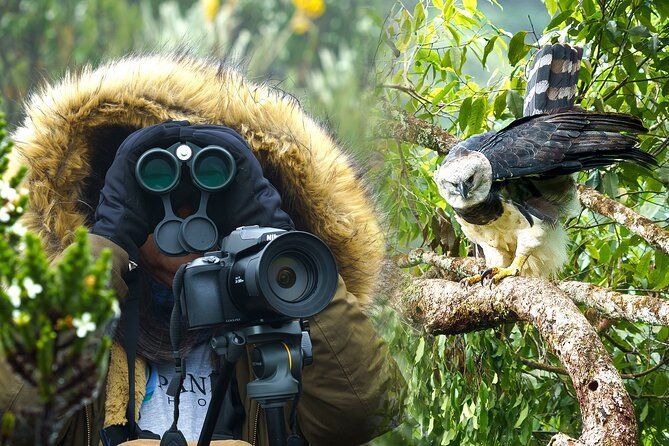The Sierra Nevada de Santa Marta: Home to Colombia’s Endemic Birds
The Sierra Nevada de Santa Marta is one of the most extraordinary birding and bird photography destinations in the world. Rising dramatically from the Caribbean coast of northern Colombia, this isolated mountain range is not only the highest coastal mountain system on Earth but also one of the most biologically diverse regions. Its staggering peaks, lush forests, and varied ecosystems harbor an unparalleled concentration of endemic bird species. For bird enthusiasts and photographers alike, the Sierra Nevada de Santa Marta represents the pinnacle of avian exploration.
In this article, we’ll dive into why the Sierra Nevada is such a vital hotspot for bird diversity, highlight its most iconic species, explore the best photography opportunities, and provide travel tips for making the most of your birding adventure in this remarkable part of Colombia.
A Global Biodiversity Hotspot
The Sierra Nevada de Santa Marta is often described as “a world within a mountain.” In just 42 kilometers, the landscape transitions from tropical lowlands at sea level to snow-capped peaks reaching nearly 5,700 meters (18,700 feet). This extreme elevation gradient creates a unique mix of ecosystems, ranging from mangroves and dry forests to montane cloud forests and high-altitude páramo.
Because the Sierra Nevada is completely isolated from the Andes, its bird populations evolved independently, resulting in an astonishing number of endemic species—birds found nowhere else on Earth. In fact, the region is home to around 28 endemic bird species, making it the area with the highest concentration of endemics in Colombia.
Organizations such as BirdLife International recognize the Sierra Nevada de Santa Marta as the most important continental site for endemic birds in the world. For bird photographers, this means a chance to capture some of the rarest and most unique avian species in existence.
Endemic Birds of the Sierra Nevada
Birdwatchers and photographers flock to the Sierra Nevada to see its endemics. Below are some of the most iconic species that make this destination a dream for bird photographers:
Santa Marta Parakeet (Pyrrhura viridicata)
This small, vibrant green parakeet is one of the crown jewels of the Sierra Nevada. Found only in high-altitude cloud forests between 2,000 and 3,000 meters, the Santa Marta Parakeet often travels in noisy flocks. Their energetic movements and bright plumage make them ideal photography subjects.
Santa Marta Screech-Owl (Megascops gilesi)
A mysterious and nocturnal species, the Santa Marta Screech-Owl is rarely seen but highly sought after. Bird photographers who manage to capture its haunting eyes and camouflaged plumage often describe it as one of their most prized shots.
Santa Marta Antpitta (Grallaria bangsi)
Known for its shy behavior, this plump and elusive bird requires patience and careful listening. Antpittas typically stay low in dense understory, so photographing them is a rewarding challenge for those who master stealth and timing.
Santa Marta Mountain-Tanager (Anisognathus melanogenys)
This brilliantly colored tanager, with its mix of bright blue, yellow, and black, is one of the more photogenic species of the Sierra Nevada. Found at higher elevations, it is a favorite target for photographers aiming to capture vibrant contrasts against misty mountain backdrops.
Santa Marta Warbler (Myiothlypis basilica)
Endemic warblers are often tricky to photograph due to their quick movements, but their bright yellow underparts and contrasting olive backs make the Santa Marta Warbler a rewarding subject for action shots in the canopy.
Santa Marta Blossomcrown (Anthocephala floriceps)
This dazzling hummingbird is perhaps the most famous endemic species of the Sierra Nevada. With its fiery orange-red crown and iridescent feathers, it is a dream subject for bird photographers who enjoy capturing hummingbirds in mid-flight as they feed on highland flowers.
Santa Marta Woodstar (Chaetocercus astreans)
Another gem for hummingbird enthusiasts, this tiny species flutters like a jewel among the flowering shrubs of the Sierra Nevada. Due to its size and speed, photographing the Santa Marta Woodstar requires high shutter speeds and excellent technique.
Why the Sierra Nevada is a Photographer’s Paradise
Bird photography in the Sierra Nevada de Santa Marta is not just about ticking species off a list. It’s about the immersive experience of capturing birds in one of the most breathtaking natural landscapes on Earth. Here’s what makes this destination so special for photographers:
1. High Density of Endemics
The sheer number of species found only here means photographers can capture once-in-a-lifetime shots. No other place offers such a dense concentration of unique birds.
2. Dramatic Landscapes
From cloud-covered ridges to sunlit páramos, the backgrounds of your photographs are as stunning as the birds themselves. The interplay of light and mist often creates atmospheric shots that are difficult to replicate elsewhere.
3. Accessibility
Unlike some remote rainforests, many of the best birding spots in the Sierra Nevada are accessible by road and trail. Birding lodges like El Dorado Reserve provide excellent access to prime habitats and are equipped to support bird photographers with feeders and viewing platforms.
4. Opportunities for Flight Photography
Hummingbirds, tanagers, and parakeets all present excellent opportunities for capturing birds in flight—a thrilling challenge for photographers who want to hone their skills.
Birding and Photography Hotspots in the Sierra Nevada
If you’re planning a trip, here are some of the top sites to explore:
El Dorado Nature Reserve
Operated by Fundación ProAves, this reserve is the ultimate hub for bird photography in the Sierra Nevada. Located at 1,900 meters, it offers comfortable lodging, feeders that attract hummingbirds and tanagers, and trails leading to higher-elevation habitats where endemics thrive.
San Lorenzo Ridge
At elevations above 2,600 meters, San Lorenzo Ridge is a must-visit for high-altitude species. Photographers often capture Santa Marta Parakeets and Mountain-Tanagers here. The ridge also provides panoramic views of the Caribbean Sea and snow-capped peaks.
Minca
This small town at the base of the Sierra Nevada is a great starting point for birding trips. The surrounding forests are home to lower-elevation species and provide opportunities for photographing hummingbirds and trogons.
Cuchilla de San Lorenzo
This remote location is one of the best sites to encounter the rarest endemics. Experienced guides often take photographers here to target specific species like the Santa Marta Antpitta.
Photography Tips for the Sierra Nevada
- Use a Long Lens: Birds in the Sierra Nevada are often active in dense forest or perched high in the canopy. A 400mm or longer lens will give you the reach you need.
- Prioritize Light: Cloud forests can be dim, so fast lenses (f/2.8 or f/4) are ideal. Consider raising your ISO to maintain fast shutter speeds.
- Focus on Behavior: Don’t just go for portraits. Capture interactions like hummingbirds feeding, parakeets in flight, or antpittas foraging.
- Travel with a Guide: Local guides know the habitats and vocalizations of elusive species. Their expertise can be the difference between hearing a bird and photographing it.
- Be Patient: Many species are elusive and require waiting quietly. Endemic birds like antpittas and owls are often worth hours of patience.
Conservation Importance
The Sierra Nevada de Santa Marta is not just a bird photographer’s paradise—it is also a fragile ecosystem under threat. Deforestation, agriculture, and climate change are pressing issues in the region. Many of the endemic bird species are classified as vulnerable or endangered due to their restricted ranges.
By visiting responsibly and supporting conservation-focused lodges and organizations, bird photographers can contribute to the preservation of this extraordinary region. Every photograph taken can serve as a visual reminder of the importance of protecting biodiversity.
Planning Your Trip
If you’re inspired to experience the Sierra Nevada for yourself, here are some practical tips:
- Best Time to Visit: December to March offers drier conditions and clearer skies, but birding is excellent year-round.
- Getting There: The nearest city is Santa Marta, accessible by domestic flights from Bogotá. From there, Minca and El Dorado Reserve are reachable by car or 4x4.
- Accommodation: El Dorado Lodge is the top choice for bird photographers, offering access to feeders and highland trails. Budget options are available in Minca.
- Gear Checklist: Long telephoto lens, tripod or monopod, rain covers for equipment, and plenty of memory cards.
Final Thoughts
The Sierra Nevada de Santa Marta is more than just a birding destination—it is a natural wonder where photography, conservation, and adventure come together. With its staggering number of endemic species, awe-inspiring landscapes, and accessible birding lodges, it offers one of the most rewarding experiences a bird photographer can hope for.
Whether you dream of photographing the fiery crown of the Santa Marta Blossomcrown, the vibrant hues of the Mountain-Tanager, or the elusive form of the Antpitta, the Sierra Nevada provides the stage for unforgettable encounters. For anyone passionate about birds and photography, this Colombian treasure stands as a true paradise.



